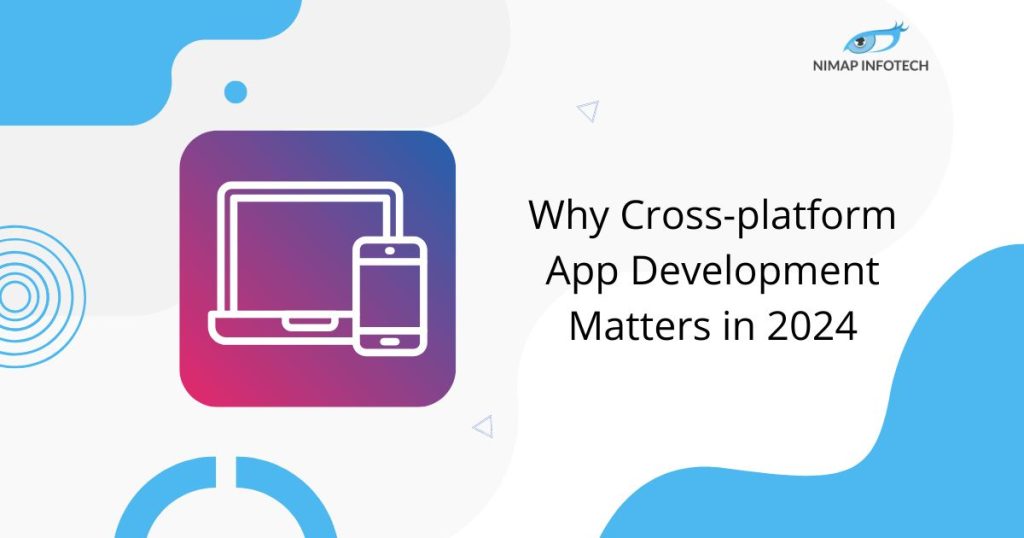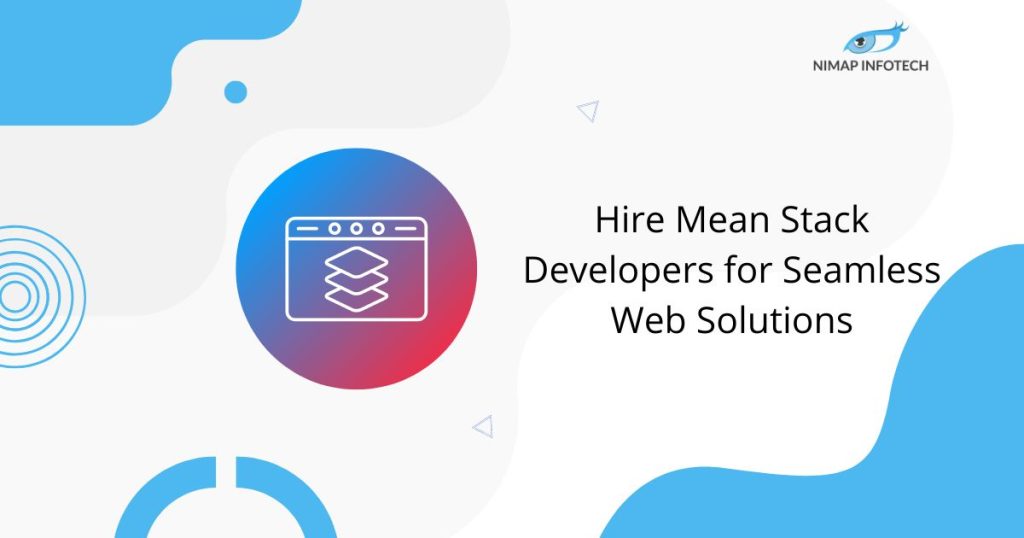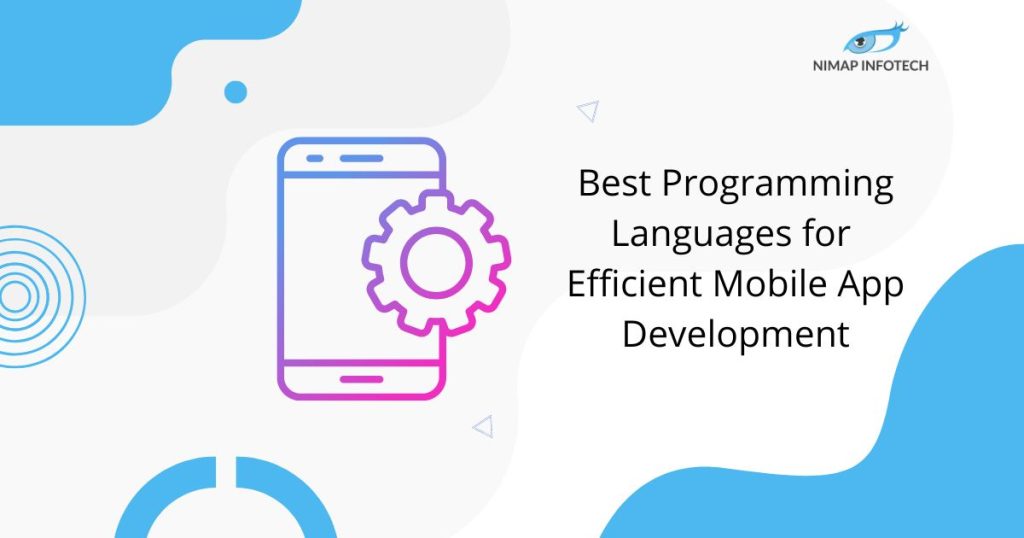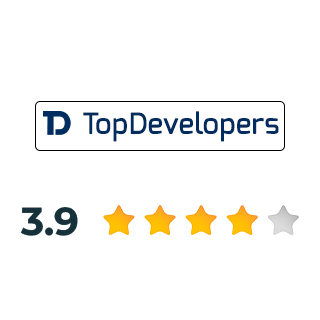Developers must focus on producing high-quality, user-friendly apps due to increasing usage by companies and individuals for various purposes. The calibre of mobile applications is crucial in the quickly developing field of mobile technology, where user expectations are rising. Success now demands ensuring faultless operation, smooth user experiences, and top performance. Mobile Testing Training fills this need by providing a thorough manual for understanding mobile app quality.
In this post, we’ll look at some advice from professionals in the area that can help you advance your knowledge of Mobile App Development.
Expert tips and tricks to master mobile app development
Designing a User-Friendly Interface:
- Designing a user-friendly interface that is intuitive and simple to use is essential to producing a successful mobile application.
- To create an app that users will enjoy, a user-centric design methodology should be adopted, prioritizing their needs and desires.
- You can create an app that satisfies their demands and offers a satisfying experience by being aware of the user’s goals and pain areas.
- Use a consistent colour palette, typography, and use of imagery throughout the program to produce visually appealing interfaces.
- The app may be more interesting and aesthetically pleasing if high-quality visuals and photos are used.
- The optimal visual experience for users requires considering the device’s screen size, resolution, and aspect ratio.
Improving performance:
- A mobile app’s effectiveness is essential to its success.
- Poor user experience brought on by slow or unresponsive software may cause users to quickly lose interest and uninstall it.
- By employing the appropriate tools and best practices, it is possible to improve an app’s performance.
- To improve app speed and responsiveness, it is recommended to use efficient data structures and algorithms, reduce network queries, and avoid memory-intensive activities.
- Testing the app on various devices, including older and less capable ones, is crucial to ensure its proper functionality.
Implementing security measures:
- Since mobile apps frequently handle sensitive information like personal data and financial transactions, security is a crucial component of their creation.
- Strong security measures must be put in place to safeguard user data and stop illegal access to the app.
- Using secure communication protocols like HTTPS to encrypt data communicated over the network is one of the best practices for protecting data and user information.
- In order to prevent data breaches, it’s also critical to adopt secure storage techniques, such as encrypting data saved on the device.
Also Read: Top 10 Mobile App Development Tips for Start-Ups
Staying updated with the latest technologies:
- The best ways to stay up to date with new technologies include participating in online communities, reading industry blogs and journals, and attending conferences to learn about the most recent trends and advancements in the sector.
- You can also learn more about how new frameworks and technologies operate and how you can utilize them to enhance your apps by experimenting with them in personal projects.
- By keeping up with mobile applications using the latest technologies, you can make sure that your apps are utilizing the greatest frameworks and tools available, which will improve user experience, performance, and features.
Optimizing for different platforms:
- The most difficult task in creating mobile apps is optimizing for many platforms.
- Designing and developing apps for iOS and Android is crucial due to their unique design principles, user interface components, and technical specifications.
- Failure to do so may lead to a poor user experience and have a detrimental effect on your app’s success.
- Optimizing your app for different platforms through best practices can significantly improve the user experience and overall user experience. This will eventually increase the likelihood that your app will be successful.
Types of mobile apps:
The Mobile app development community categorizes mobile apps into four types: Native, cross-platform, hybrid, and progressive web applications (PWAs).
The creation of apps today is considerably different from earlier times. Historically, the sole method for native development was low-level code. To create an iOS app for the Apple App Store and an Android app for the Google Play Store, two distinct versions were required.
The entry hurdle for developing apps, however, has drastically decreased in recent years. For cross-platform coding, integrated app development tools, languages, and platforms employ JavaScript. Here is a brief description of the different app types and how they differ from a development perspective:
Native mobile applications:
- On a mobile device, native applications are installed directly.
- Applications, typically downloaded from the Google Play Store or Apple App Store, utilize a device’s inherent features without an internet connection.
- Writing code particularly for the operating system of the device is required when creating a native app.
Cross-platform applications:
- The same code is used across all platforms in a cross-platform application.
- As a result, the program may be installed directly on iOS and Android devices and just requires a single line of code.
- From the user’s perspective, there is hardly any difference between native and cross-platform native apps.
- Native cross-platform development speeds up the development process and is more cost-effective.
Hybrid mobile applications:
- Despite the fact that the terms hybrid and cross-platform are frequently used synonymously, they are not the same.
- Cross-platform and hybrid programs can both be created once and executed on different systems.
Progressive Web Application (PWA):
- PWA, or progressive web application development Instead of being installed natively, PWAs are web-delivered applications.
- PWAs now remarkably resemble native apps in terms of both design and feel thanks to modern technology.
- Users can also receive push alerts through their web browsers.
- However, PWAs will have some restrictions on what they can do with a device’s built-in functionality.
How to develop high-performance apps in less time?
Set proper goals & objectives:
- Setting specific, quantifiable goals and objectives can help in determining the necessary tasks and developing a plan of action.
- By setting specific targets, you can determine how well you’re doing at attaining your goals and adjust your strategy as needed.
- Having clear goals and objectives increases your propensity to avoid distractions and any attempts to obstruct your progress.
Plan app architecture:
- The smooth app’s overall structure, including its modules, components, and their interactions, must be designed in this step.
- The architecture gives the development team a broad overview of the many components of the application.
- It also makes sure maintainability, scalability, and extensibility are taken into consideration when developing the applications.
- Preventing architectural issues during the development phase can significantly reduce the development time.
Choose the right technology stack:
- It’s crucial to use the appropriate tools and technologies to accelerate the development process and create a high-performance app in less time.
- Based on the needs of your project and the team’s experience, you can choose the best combination of technologies, frameworks, and tools.
Test & debug your app:
- Thorough testing aids in the discovery of flaws, errors, or app performance issues.
- Enhance the performance of the app by using performance monitoring tools to identify potential issues and perfect the output.
- Seek out individual feedback to identify any problems or areas that require improvement.
Launch and market your app:
- Effective app marketing requires a solid marketing plan to reach the target demographic.
- We may include paid marketing for effective outreach by utilizing strategies like social media outreach, content creation, and email campaigns.
- After the release, gathering user input might assist in identifying any issues or potential areas for improvement. This will assist in maintaining users as well as in-app optimization.
Read More: Mobile App Development Team: (Structure, Hiring Models, Cost)
To create a high-performing mobile app quickly, careful planning and execution are crucial. If the developers adhere to the instructions provided in this article, their chances of success for the specific mobile app will increase.
To guarantee that the app satisfies the end user’s wants and expectations, it is crucial to keep them in mind throughout the development process and to regularly receive user input.
Hire Mobile Apps Developer company with knowledge in creating mobile applications with the newest frameworks and technologies, making sure they are user-friendly, safe, and scalable.








































